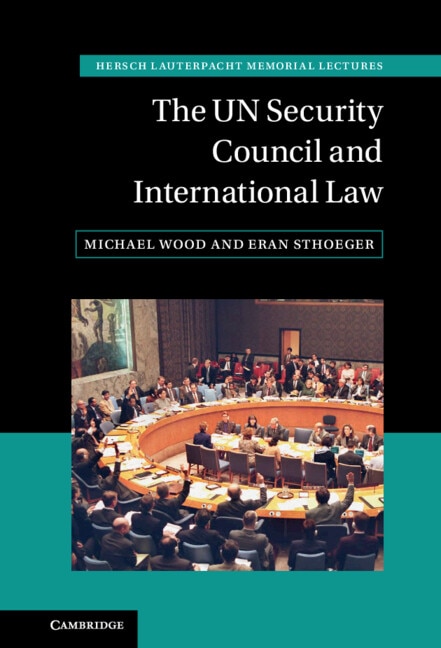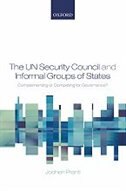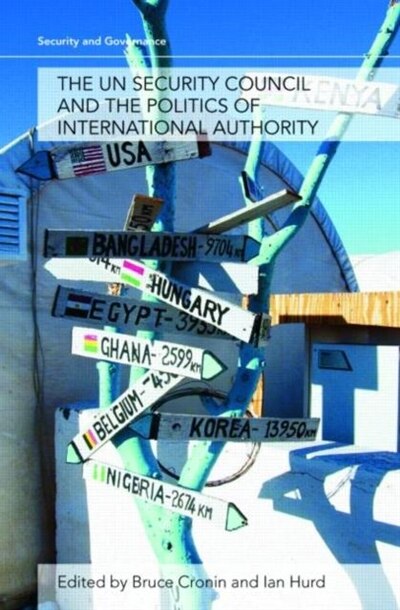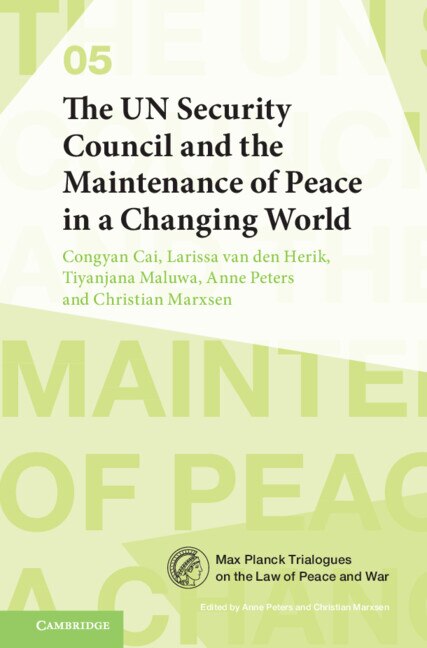
Compare Decision-Making in the UN Security Council by David Malone, Hardcover | Indigo Chapters
David Malone
$487.50
After President Aristide was overthrown by the Haitian military in September 1991, the UN Security Council and the OAS instituted a progression of measures to restore him to power. This unique and intriguing study examines how and why the UN Security Council took its decisions on Haiti, including authorization in July 1994 of the use of force by a US-led multinational coalition against the de facto regime. After outlining key trends in the Council's work from 1990-97 and providing a sketch of Haiti's history, the author reviews the milestones in the Haitian crisis, focusing principally on their international dimension but also discussing Haitian domestic factors which influenced the crisis. Drawingon an unprecedented range of UN and OAS documents, media reports and original interviews, Malone explores how and why the Haiti case found its way on to the Security Council's agenda, probes the motivations and roles of key actors, examines the Security Council as an institutional framework foraction, and asseses the success of Security Council strategies on Haiti. The study touches on issues of power and influence within the UN Security Council, the links between the Security Council's decisions on Haiti and its reactions to other, recent, international crises, UN cooperation with theOAS, and the factors shaping national positions in the Security Council, with a particular focus on the impact of US domestic events. | Decision-Making in the UN Security Council by David Malone, Hardcover | Indigo Chapters







